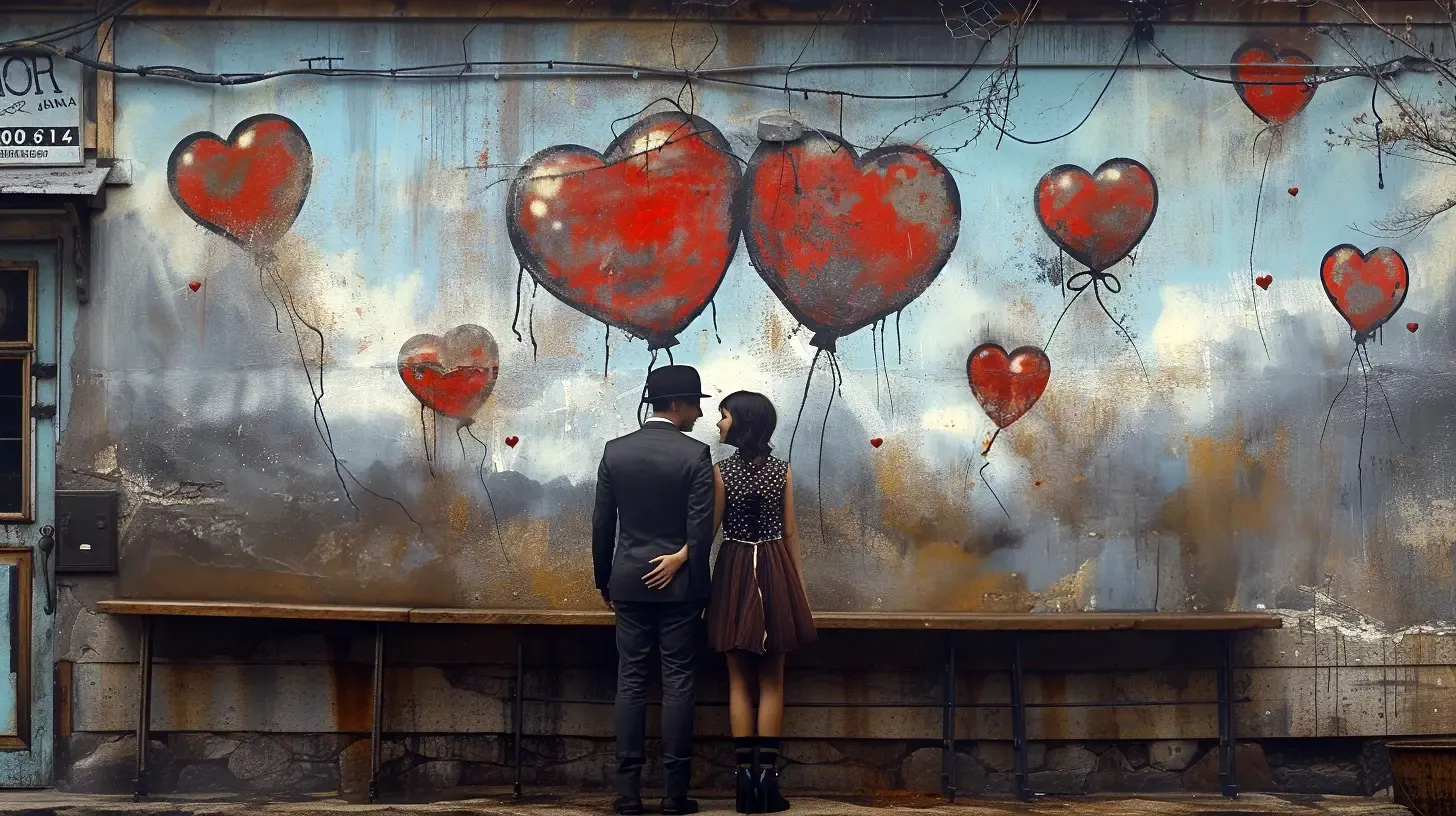14 February 2024
Love Through the Ages: Exploring Odd Old-Timey Valentine's Day Traditions.

Press the play button in the top right corner to listen to the article
Valentine's Day, a celebration of love and affection, has been observed for centuries in various forms around the world. While today it is often marked by the exchange of cards, chocolates, and flowers, the holiday's past is filled with traditions that might seem odd or even bewildering to modern sensibilities. These old-timey customs provide a fascinating glimpse into how love and courtship have been celebrated and symbolized throughout history. Let's delve into some of the most peculiar and charming Valentine's Day traditions from bygone eras.
Vinegar Valentines: The Anti-Declaration of Love
In the Victorian era, not all Valentine's Day messages were sweet declarations of love. "Vinegar Valentines" were a type of greeting card that featured sarcastic, insulting poems and illustrations aimed at rejecting suitors, mocking rivals, or simply playing a prank. These cards often depicted caricatures and came with verses that teased the recipient about their looks, profession, or marital status. Despite their seemingly harsh nature, they were a popular and humorous way of acknowledging the day in a less conventional manner.
Love Lotteries: Fate Decides Your Valentine
In ancient Rome, the festival of Lupercalia, a precursor to modern Valentine's Day celebrations, included a love lottery. Young men and women would place their names in separate urns, and pairs would be drawn to couple them for the festival, or sometimes for the entire year. This tradition was believed to encourage fertility and celebrate new connections. Similarly, in medieval England, "drawing for Valentines" was a common practice where names were drawn to pair boys and girls as Valentines for the day.
Handmade Tokens of Affection: The Art of Love
Before the commercialization of Valentine's Day, lovers would spend considerable time crafting handmade tokens of their affection. These included love spoons, intricately carved wooden spoons from Wales, which men would present to women they admired. Another example is the "sailor's valentine," a form of folk art made by sailors during the 19th century, consisting of small, colorful seashells arranged in intricate patterns inside a wooden box, often featuring heart shapes or love-related phrases.
Courtship by Proxy: The Role of the "Flirtation Fan"
In the 18th and 19th centuries, the language of fans was a subtle way of communication in the intricate dance of courtship. A woman could convey messages to a suitor through the way she held or fluttered her fan. For example, covering her face with an open fan might mean, "I love you," while fanning herself slowly could indicate a lack of interest. This silent language allowed young lovers to communicate in the presence of chaperones, adding a layer of intrigue to their courtship.
Bizarre Superstitions: Love Omens and Predictions
Many old-timey Valentine's Day traditions were rooted in superstition and the desire to predict future romantic fortunes. One peculiar English tradition involved women placing five bay leaves on their pillows—four at the corners and one in the center—to dream of their future husbands. In Scotland, a popular tradition involved young people drawing names to see who their Valentine would be, then pinning the name to their sleeve for a week, giving rise to the expression "to wear your heart on your sleeve."
These odd and enchanting old-timey Valentine's Day traditions illustrate the evolving nature of love and courtship practices. While some may seem strange to us now, they were meaningful expressions of love, humor, and social connection in their time. Today, as we celebrate Valentine's Day with modern customs, reflecting on these traditions reminds us of the rich tapestry of human emotion and the myriad ways it has been celebrated throughout history.
The content, including articles, medical topics, and photographs, has been created exclusively using artificial intelligence (AI). While efforts are made for accuracy and relevance, we do not guarantee the completeness, timeliness, or validity of the content and assume no responsibility for any inaccuracies or omissions. Use of the content is at the user's own risk and is intended exclusively for informational purposes.
#botnews















































































